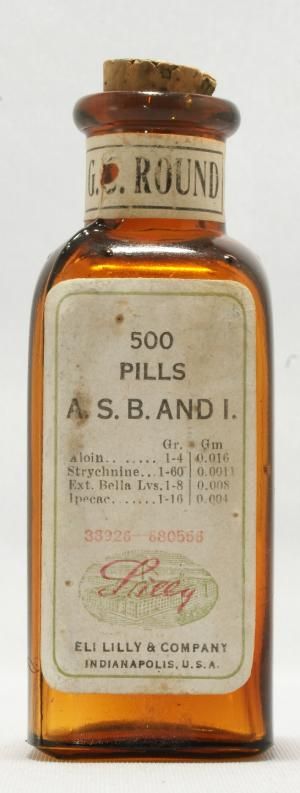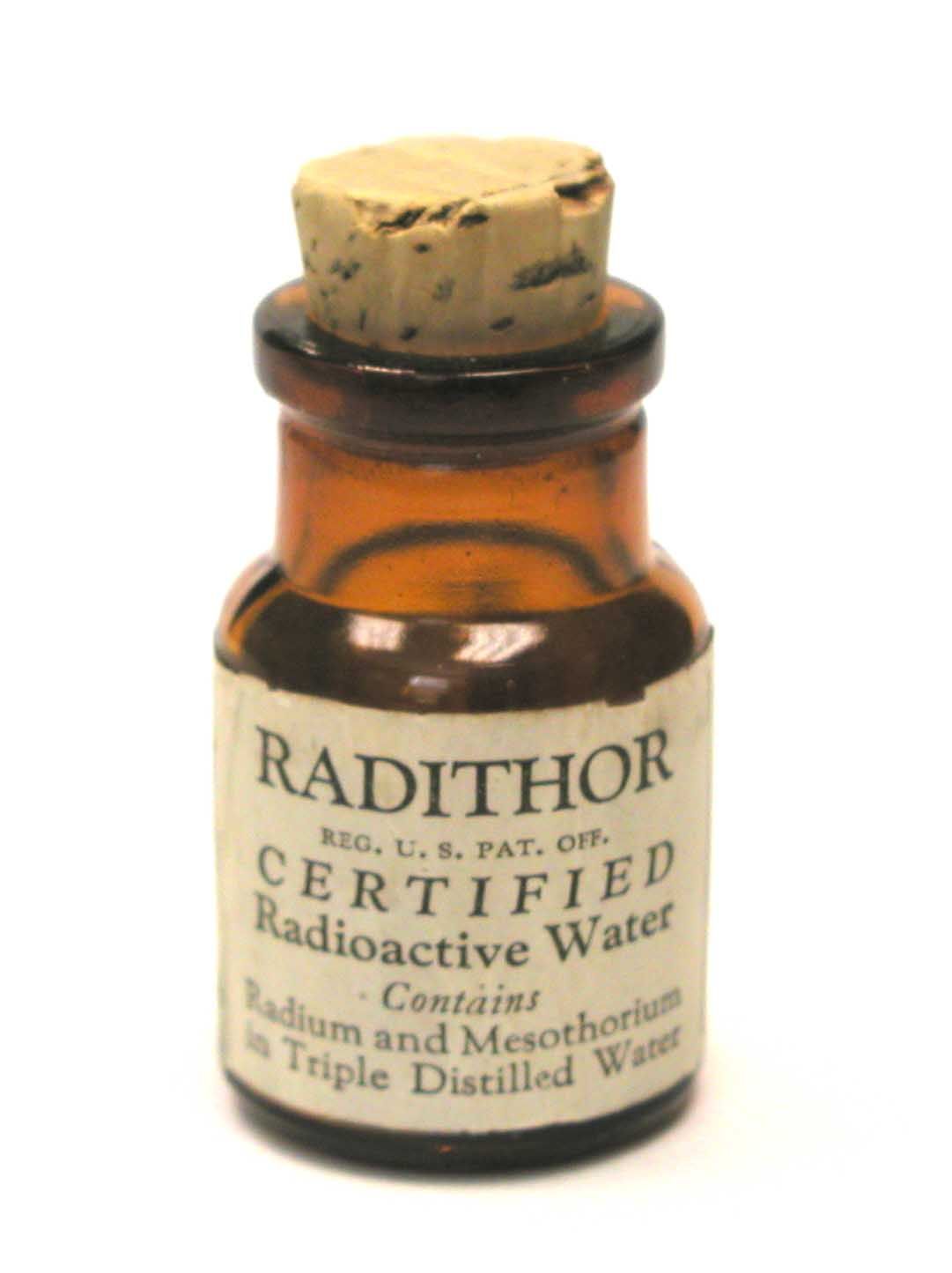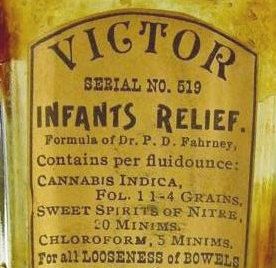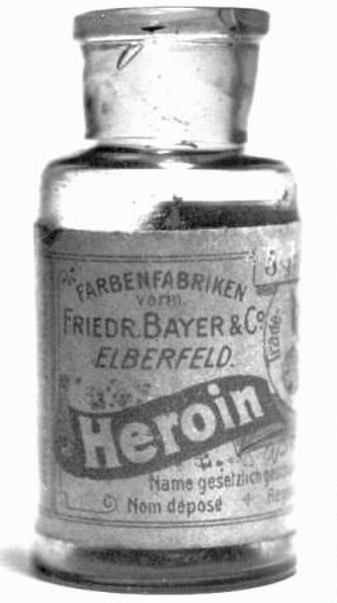10 Old Remedies You Won't Find on Pharmacy Shelves Today
Not too long ago, it seemed like anything could end up in a pharmacy-with disastrous (or sometimes just humorous) results.
You might think you were hallucinating if you walked into a pharmacy today and saw LSD, strychnine, and heroin on the shelf.
However, there was a time when these and many other products now considered either illicit or poisonous were manufactured by drug companies and considered safe.
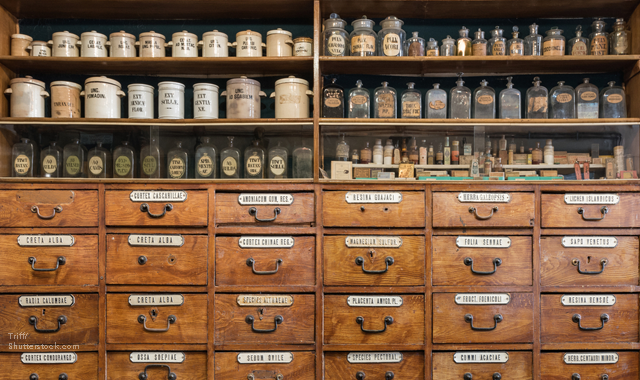
Now, thanks to advancements in science, medicine, and unfortunately, some human trial-and-error, most of these products are no longer available for medical use,although some still are. Let’s take a trip down memory lane and reminisce about 10 drugs, chemicals, or products once sold as medicines that have since become social taboos.
Related article: 10 Vintage Ads Show How Pharmacy Has Changed
Diethylene glycol
While not used as the active ingredient, diethylene glycol served as the primary solvent used by the S.E. Massengill Company in its Elixir Sulfanilamide, a solution comprised of sulfanilamide dissolved in diethylene glycol, water, and flavoring agents including caramel and raspberry. The concoction’s major side effect? Death. In what became known as the infamous “Sulfanilamide Tragedy of 1937”, 71 adults and 34 children died following their ingestion of the solution. The national catastrophe ultimately spawned new FDA safety laws.
Edible Vaseline
Mary Poppins said a spoonful of sugar makes the medicine go down, but can you substitute Vaseline for sugar? Apparently, Vaseline inventor Robert Chesebrough thought so. He took a spoonful of Vaseline every day until he died-at age 96. Since then, the company has taken a step back, though their website still states that their product is “perfectly safe”-for external use.
Lysergic acid diethylamide (LSD)
The 25th ergot-derived substance developed by Albert Hoffmann in 1930, the Switzerland-based chemist discovered LSD’s hallucinogenic effects after he “accidentally” consumed the substance. A Los Angeles-based doctor even prescribed it for his patients, many of whom were among the Hollywood elite. Despite the drug’s euphoric and psychedelic effects, Hoffmann stood by his product for many years, reportedly having used LSD hundreds of times before his death at age 102 in 2008. It was outlawed in the United States in 1967.
Belladonna
Used to dilate pupils and transform women into “belladonnas” or “beautiful ladies” during the Italian Renaissance, such beauty came with some major risks, earning the plant the nickname, “deadly nightshade”.
Eli Lilly sold belladonna in the early 1900s, and in December 2017, the FDA proposed new legislature regulating the sales of homeopathic belladonna products for babies. However, eye drops derived from belladonna (atropine) are still considered safe enough to dilate your beautiful eyes at the doctor’s office.
Image credit: Vaseline, Belladonna
Radium
The now-defunct Standard Chemical Company, cofounded by two brothers, Joseph and James Flannery in 1911, became the first corporation to produce radium on a large-scale basis. Joseph learned of radium-based cancer treatment during a European excursion. Limited radium availability prompted the brothers to abandon their vanadium production ventures and produce radium for the masses. Their original goal was to help treat their cancer-stricken sister.
Arsenic
Perhaps one of the world’s most famous poisons, Nero invoked arsenic’s fatally toxic powers to poison his own brother and gain control of the Roman Empire. The self-serving mother in V.C. Andrews’ bestselling novel, Flowers in the Attic, poisoned her unsuspecting children by sprinkling arsenic powder on her children’s cookies-which they mistook for powdered sugar. Despite being a choice poison in historical and fictional murders, healers have used arsenic throughout history to treat syphilis and sleeping sickness. Today, it is still used to treat a certain type of cancer known as acute promyelocytic leukemia.
Image credit: Radithor
Cannabis
We all know that cannabis was once legal throughout the United States and that some of our founding fathers grew a little on their plantations-presumably for its other uses of making rope and paper. The United States first regulated cannabis with the passage of the Marihuana Act of 1937 that taxed the sale of cannabis, hemp, and related products, but marijuana legislation stringency reached a climax during the Shafer Commission during the Nixon Administration.
Before politics entered the arena, there was nothing that a good dose of Dr. P.D. Fahrney’s “Infants Relief” couldn’t cure! The solution’s key ingredients? Cannabis indica, chloroform, and sweet spirits of nitre. Cannabis continues to overshadow chloroform in today’s headlines.
Strychnine
Produced from a towering tree native to India and South Asia, the total death count from this plant’s highly neurotoxic activities remains unknown. One Victorian-era prescription written for a “Baby Smith” included belladonna, aromatic ammonium, and strychnine, but whether the baby survived remains unclear. Today, you’ll find strychnine in rat poisons and insecticides.
Image credit: Infants Relief
Heroin
Heroin was sold, unrestricted, in the United States until the passage of an 1890 congressional act that levied taxes in conjunction with the sale of the opiate’s cousins, morphine and opium. Heroin laws became more stringent in the early 1900s, culminating with the Heroin Act of 1924, which made the possession of heroin illegal.
Cocaine
Millennia before doctors began prescribing Diamox (acetazolamide) for mountain sickness, ancient Incas chewed the leaves of the coca plant cope to counter the respiratory and energy-sucking challenges of high altitudes on the body.
Sigmund Freud used-or abused-the substance, even encouraging others to take it while meticulously documenting the side effects. In 1912, 5,000 cocaine-related deaths ultimately resulted in the banning of the substance a decade later. Today, cocaine is still used as anesthesia during sinus surgery.
Image credit: Bayer heroin

